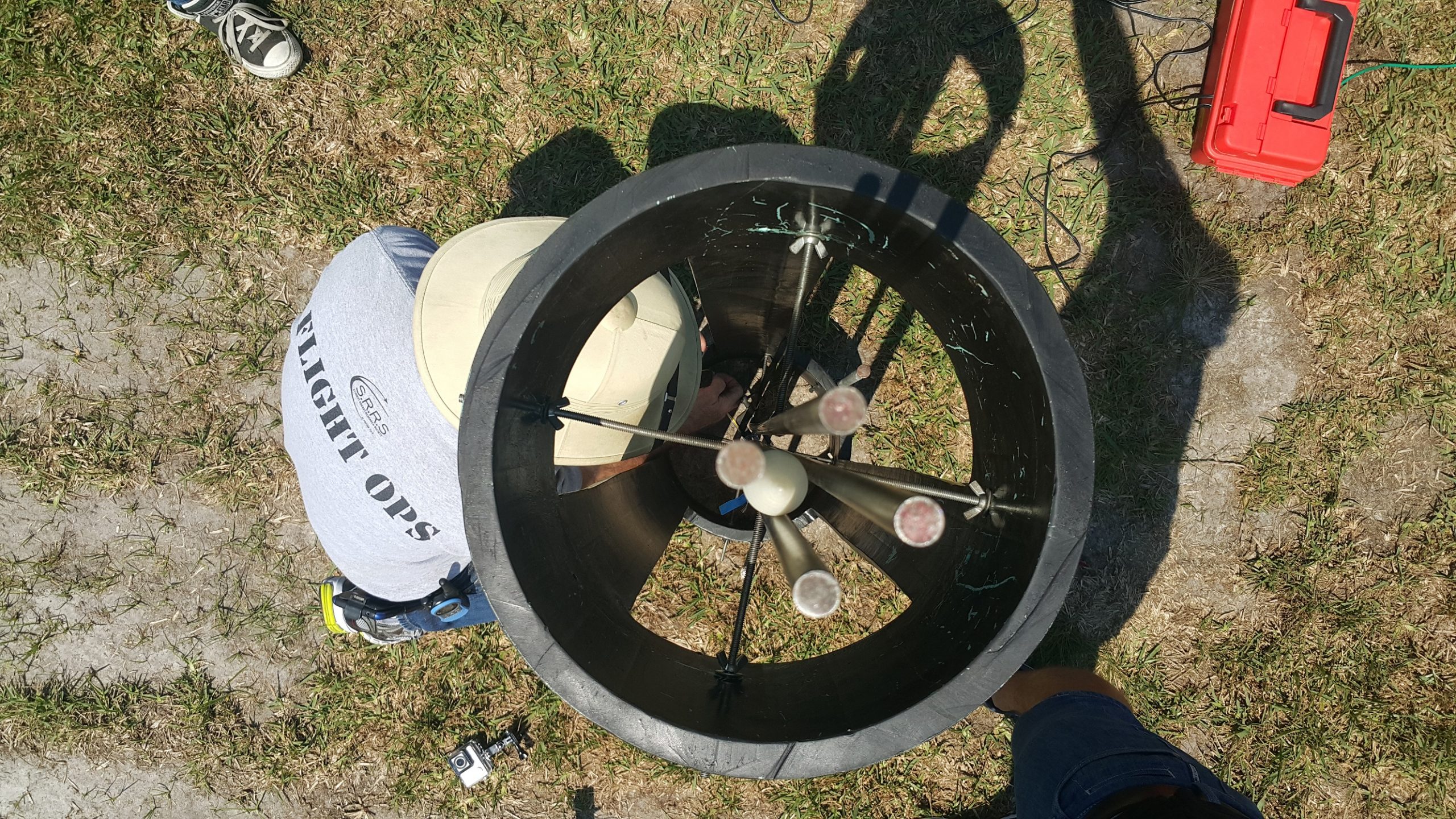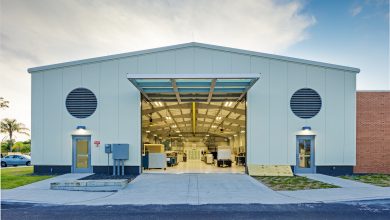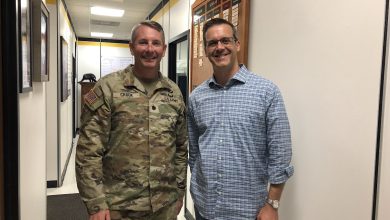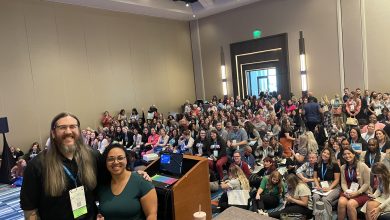2015 Florida Tech Hybrid Rocket Team Takes First in Precision Altitude
By Henry Peebles, Director of Environmental & Regulatory Compliance
“What, Oh,…Why?” “Range Safety Needs the frequency,” “Ok, 220.054 Megahertz.” “Alright, …The pads are closed now, we will only have a few minutes to finish the prep if we want to catch the next window. We need to…”
KA-BOOM, FOOOMMM!
I was drowned out again, A sound louder than thunder echoed across the range as yet another large rocket left the pads arcing up into the cloudless, windless sky – It seemed to be riding its own pillar of cloud and fire until it wall out of sight.
24 Florida Tech students, their advisor and volunteers were hard at it at the annual NASA/FSGC/NEFAR High Powered Hybrid Rocket Competition near Bunnell, FL.
Our Hybrid Competition teams are made up of freshmen, a few sophomores and a rare junior. Many of the other competing universities (Florida Atlantic, Florida International, Florida Tech, University of Central Florida, University of Florida, University of Miami, University of North Florida, University of South Florida, and University of West Florida) use this competition as a Senior Design Project. Our focus is to provide new students a true design challenge as soon as they get to Florida Tech. This prepares them for more advanced work at the undergraduate level, better resume material, and greater preparation for research design as Masters and Ph.D. students.
This has been a tough year for everyone. The original competition date, April 12, was scrubbed due to bad weather. The back-up date, May 9, was after the graduation date of all participating schools. Less than half of the Florida Tech students could stay to compete. The other schools were similarly hamstrung.
That said, there were still at least six other universities and their teams present. Florida Tech dominated the number of launch attempts – eight; however, we now know we were plagued by the only part we did not make, but bought. A defective batch of heater elements kept five of our eight attempts on the ground. None of our High Altitude rockets flew. The High Altitude teams worked fiercely to correct the problem, but after the frustration of the heaters, rebuilt their motors, and chose an igniter – but did not check it.
Murphy triumphed, the igniter was old and cracked, no power could flow thru its broken circuit. The final High altitude attempt was grounded. Our Precision Altitude teams were more fortunate. Team Icarus, after 2 failed launch attempts, rebuilt their motor using a newer batch of heaters and had a beautiful flight to almost 1300 ft agl.
 Team ACE used heaters from an older lot and had 2 very successful flights. The last team ACE flight. At the absolute end of day, in overtime granted by the judges flew straight and true – but – landed off the range in a clump of trees. The team lead announced they could not find the rocket – she was fried. Fortunately, her team had more faith – worked the problem and found the vehicle. This was the best flight of the day. Within in 5% of the target altitude of 2000 feet (2097 ft agl). Only a past Florida Tech Team had done better, ever (1938 ft.).
Team ACE used heaters from an older lot and had 2 very successful flights. The last team ACE flight. At the absolute end of day, in overtime granted by the judges flew straight and true – but – landed off the range in a clump of trees. The team lead announced they could not find the rocket – she was fried. Fortunately, her team had more faith – worked the problem and found the vehicle. This was the best flight of the day. Within in 5% of the target altitude of 2000 feet (2097 ft agl). Only a past Florida Tech Team had done better, ever (1938 ft.).
All four Florida Tech teams submitted excellent engineering notebooks documenting their work. They also kept up with the biweekly progress reports over the 10 months of this competition. Not bad for freshmen and sophomores.
Of the 9 competing universities, First Place in the 2000’ Precision Altitude Competition went to Team ACE of Florida Tech. Maximum Altitude was won by UCF.
Congratulations to all the Florida Tech Teams who worked so hard (Our Max teams had the best designs—They just never got off the ground)!







